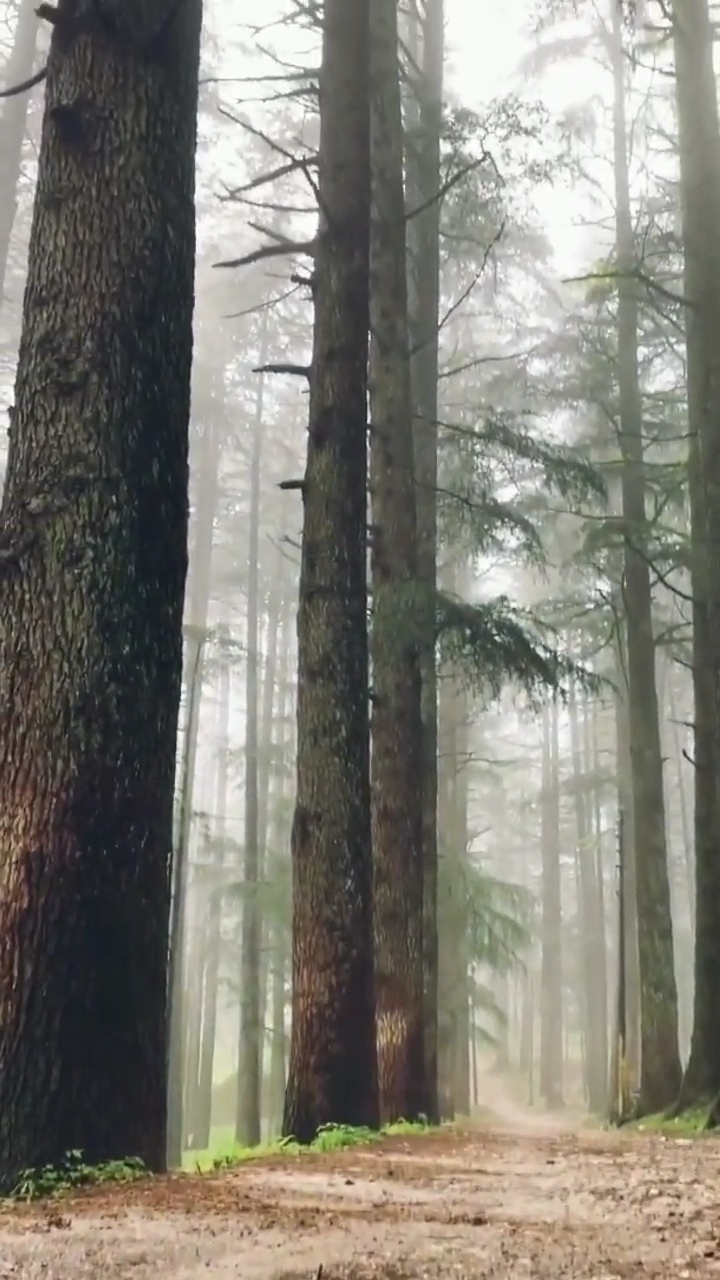According to the American Institute of Stress, 35% of the world’s population has been struggling with stress since the early 19th century. The United States Environmental Protection Agency reports that Americans spend about 90 percent of their time indoors. With the long work hours faced by urban Indians, it wouldn’t be surprising if we spent even more. Putting the generation of Vitamin D aside, the simple act of being outdoors in nature offers several benefits including offering a way to manage stress.
In 1982, the Japanese Ministry of Agriculture, Forestry, and Fisheries coined the term “shinrin-yoku,” which translates to “forest bathing” or “absorbing the forest atmosphere.” Since then, shinrin-yoku, or forest bathing, has become essential to preventive health care and healing in Japanese medicine.
How You Can Forest Bathe
You don’t need to travel all the way to Japan to let nature heal you. The practice of shinrin-yoku has been gaining popularity in India too. Here’s a quick guide on how to incorporate this practice into your life.
I live in a city, what do I do?
Shinrin-yoku is the art of embracing nature. While a National Park or forest is a great place to immerse yourself in nature, city dwellers can practice the art in a park, beach, or even your garden. You don’t have to travel far to take advantage of nature, and studies have shown that the presence of trees and plants can improve a person’s mood, mental health, and overall well-being.
What do you do while forest bathing?
Spend time in nature, stroll through a forest or natural area, and take in the sights, sounds, and smells of the great outdoors.
Start by turning off your mobile phone and disconnecting those headphones. Now that the hardest part is over, take a few deep breaths, center yourself, and focus on your senses.
Let your mind and senses explore what is around you and indulge in nature. Move slowly – this is not exercise, it’s an indulgence of nature. Feel the earth on your bare feet. Stop and admire the patterns of the bark of a tree or the play of light and shade through the leaves, or keep moving without an end to your journey in mind.
Take in the smells, and find a place to sit and observe. Look around you and observe what’s around you. You’ll start noticing things you never did before – a small wildflower in the grass, an insect colored a royal green, or how the stillness and peace outside is slowly becoming a part of you.
Stay as long as you need to. Practice this often, and you’ll find yourself staying longer each time.
How often should I do this?
Forest bathing is not a chore. You can do this as often as you like. Start slowly and stay as long as you can. Work up to staying out in nature for at least two hours.
It can be challenging to slow down after a long week at work. Our busy lives can make us forget how to remain still and take time to appreciate what is around us.
Heidi Barr beautifully said, “A walk through the woods probably won’t change what’s wrong, but it can change how we respond to it.” Do yourself a favor and let nature heal you from within.
Eco-spirituality and a connection to nature is one of the core beliefs of the Sacred Earth Trust. Volunteer with us to aid our conservation efforts and follow us on Instagram to participate in one of our eco-spirituality programs.
References:




